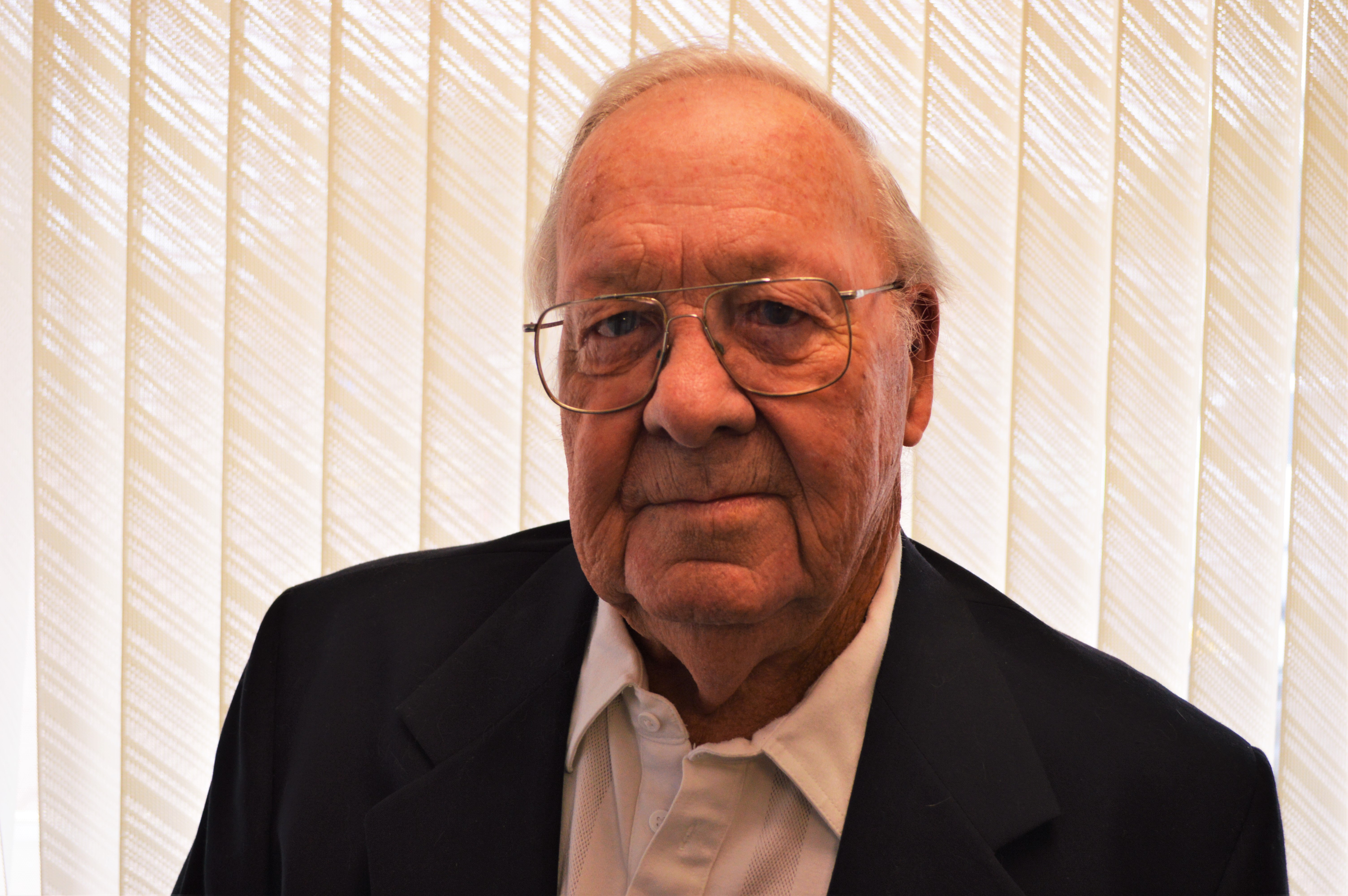
Click to play the audio or read below.
If you were to follow the path of the Arkansas River through the flatlands of Eastern Colorado all the way to my native country north of Bucklin, Kansas, there is a very defining “lay of the land” that you would probably notice. On the south side of the riverbed, sometimes a mile or so away, are almost endless rolling sandhills, as opposed to reasonably flat land on the north side once you get out of the river valley.
This very sandy area sometimes extends another mile or two south; sometimes hardly noticeable at all. Much of the sandy land has never been tilled, and is covered with sage brush, yucca, plum thickets, and some of the best grass cover around. Over the years, the areas have been tightly fenced, and windmills are working day and night. It is a relatively narrow strip of prime cattle grazing area.

During the Ice Age, when mountains were formed and rivers began to flow, the heaving of the earth apparently caused sand to be pushed southward from the river. In the ’50s and ’60s, with the introduction of center pivot irrigation, some of those hills were successfully farmed, as long as plenty of water and fertilizer were added.
But most of the land became strictly pastureland, as it did in my home country. My Grandad secured a lot of this land sometime in the teens and twenties, and with the help of a couple of his sons, pastured many head of cattle, mostly cow-calf programs, on the richly covered grasslands. Grandad loved Hereford cattle, and he tended them carefully, while his sons did most of the plowing, planting, and harvesting.
When the dust storms hit during the ’30s, some of the most fragile of the sandy lands would be blown bare. These areas, known as blow-holes, would be stripped of every blade of grass and it would take many years for it to reseed and become viable again.
When the War began, a new use was found for Grandad’s pastureland and Grandad wasn’t very happy about it. Most of his pasture acreage was designated as a Bombing Range by the government. B-17 and B-29 Bombers, stationed at Schilling Air Force Base in Saline, Walker Air Force Base near Russell, and Pratt Air Base at Pratt, dropped thousands of practice bombs on Grandad’s pasture for several years.
Grandad was allowed to run cattle on an adjoining section of grass at his own risk, which he did.
Practice bombs, usually 100 pounders, with occasional 500 pound models, and always painted blue, were loaded with sand and black powder. When the bomb hit the ground, black smoke was visible so that on-board bombardiers could get a fix on there accuracy. My cousin Keith and I would sometimes ride our horses over to the target area, and there seemed to be no bomb crater anywhere near the target! But “misses” were scattered all over the countryside. No injuries to people or cattle were reported.
When the War was over and the land returned to the family, the government sent many trucks to the site to remove the bomb metal, and to generally clean up any other accumulated debris. And a Grandfather and many head of cattle were happy again!
Kay Melia is a longtime broadcaster, author and garden in northwest Kansas.

